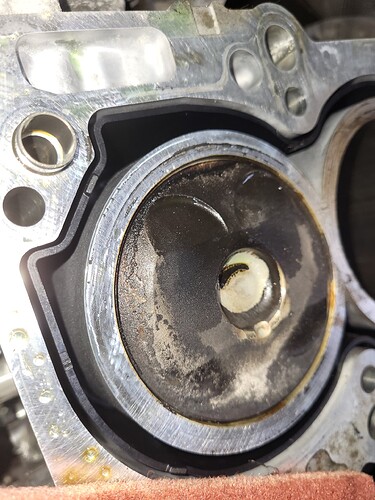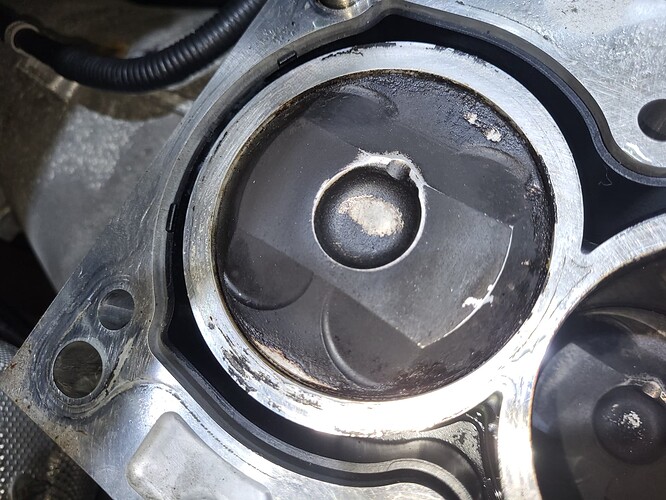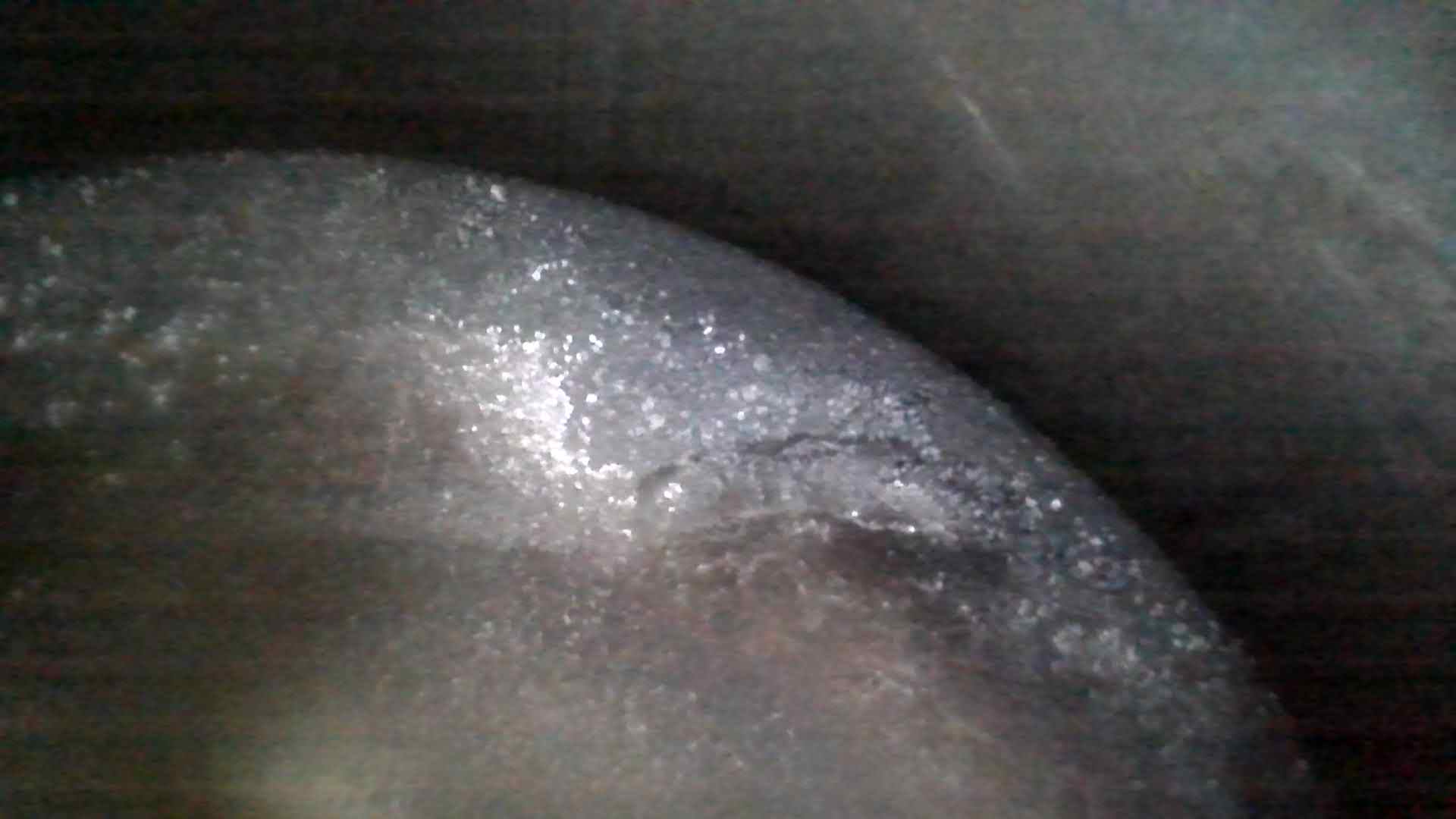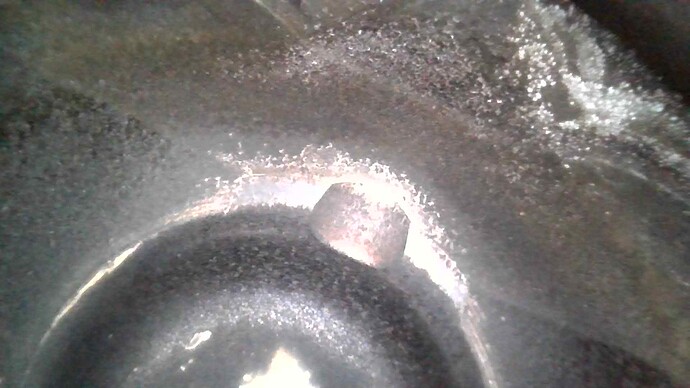I recently had the cylinder head removed from my 2.0 litre ND2 after a perceived loss of performance. The engine had only done15,000 miles. Please see pictures of carbon build up on piston crowns. Is this what one should expect after 15,000 miles? I know that carbon build up can be an issue on the inlet valves of direct injection engines (which Mazda apparently tamed by running the inlet valves at higher temperatures) but why should the piston crowns get such a build up? I do feel that the engine is running better now after removing the carbon deposits.
Interested to hear what fuel has been used and how the car has been used in general?![]()
It has been filled up with Shell V Power 90% of the time and the rest Tesco Momentum. Mainly used for days out and blasts of minimum 20 miles. Very rarely for very short trips and in which case I tend to drive an additional few miles to ensure the engine has thoroughly warmed up.
Have you thought of having the engine “cleaned” using the Terraclean process. I first saw this being used by Ed China in an episode of Wheeler dealers and as a result I had my NB processed a couple of times before going to my NC which I bought eighteen months ago and had done straight away. I will be having the NC done again in the spring, when the cover comes off and it is being prepared for the European drive. Can’t claim it helps with power but there was slight improvement in mpg, which only be good in the current climate, and there was an improvement with emissions.
I think I am right in saying the MX5 club members also get a discount.
It looks normal, have a reckon up how many separate fires have been lit in there over the miles it’s done.
What were the inlet ports like?
I think you may have wasted your money having the head removed, as those piston crowns look exactly as one would expect, a minimal ring of carbon around the circumference getting cleaner towards the centre.
You should have used a boroscope down the plug hole first (£20-£40 Amazon), which would have saved the fairly major dismantling/gaskets/reassembly/labour cost.
If carbon build up was/is a problem it’s far more likely to be in the inlet ports/back of the inlet valve, which, again, can be diagnosed with a boroscope, or simply by removing the inlet manifold, but even that is unlikely on this engine at that mileage, unless there’s a major blow by issue.
Could also be part allied to regular journey types.
We all know our 5’s “seem better” after a few long runs or an Italian.
Sump oil ( nowt to do with this thread) does not really get working as designed until 10/15 miles.
There’s are reasons why (eg) Iain Tyrell takes 10 mins plus in his videos to warm his customer cars up!
Yes, I did use a borescope to look at the piston crowns and this was what alerted me to the carbon build up or possibly detonation damage (see below for some images from my borescope). At the time I had other reasons for wanting the engine inspected, one of which was a harshness at high revs which had not been evident initially. In the past I have stripped various engines for decokes at significantly larger mileages (60-70K) which did not have as much buildup. I was told that the inlet valves were ok but did not get any pictures to prove otherwise. It just seems strange to me that the amount of carbon on the piston crowns seen was as significant as examples of carbon crudded up inlet valves on other direct injection engines needing a clean-up. The actual combustion chambers in the cylinder head looked quite clean. Such carbon build up in itself can cause detonation especially in high compression engines running at high speed as the carbon can get so hot that it ignites the fuel mixture on contact. I am going to monitor the situation and perhaps take a look at the “Terraclean” process suggested by JOPA21. I will say that the engine now feels smoother at high revs.
Thanks. I am going to keep a check on the engine and possiby use Terraclean if I feel that the engine is suffering from carbon build up and after checking the piston crowns with an endoscope.
Ive go to agree with DuratecNC theres nothing in these pictures that would worry or concern me
I have pulled 100s of engines apart over the years this is normal.
Hi Ralph
How did you get on with the ‘issue’?
I think that is probably best eft to a private conversation. Cheers.



